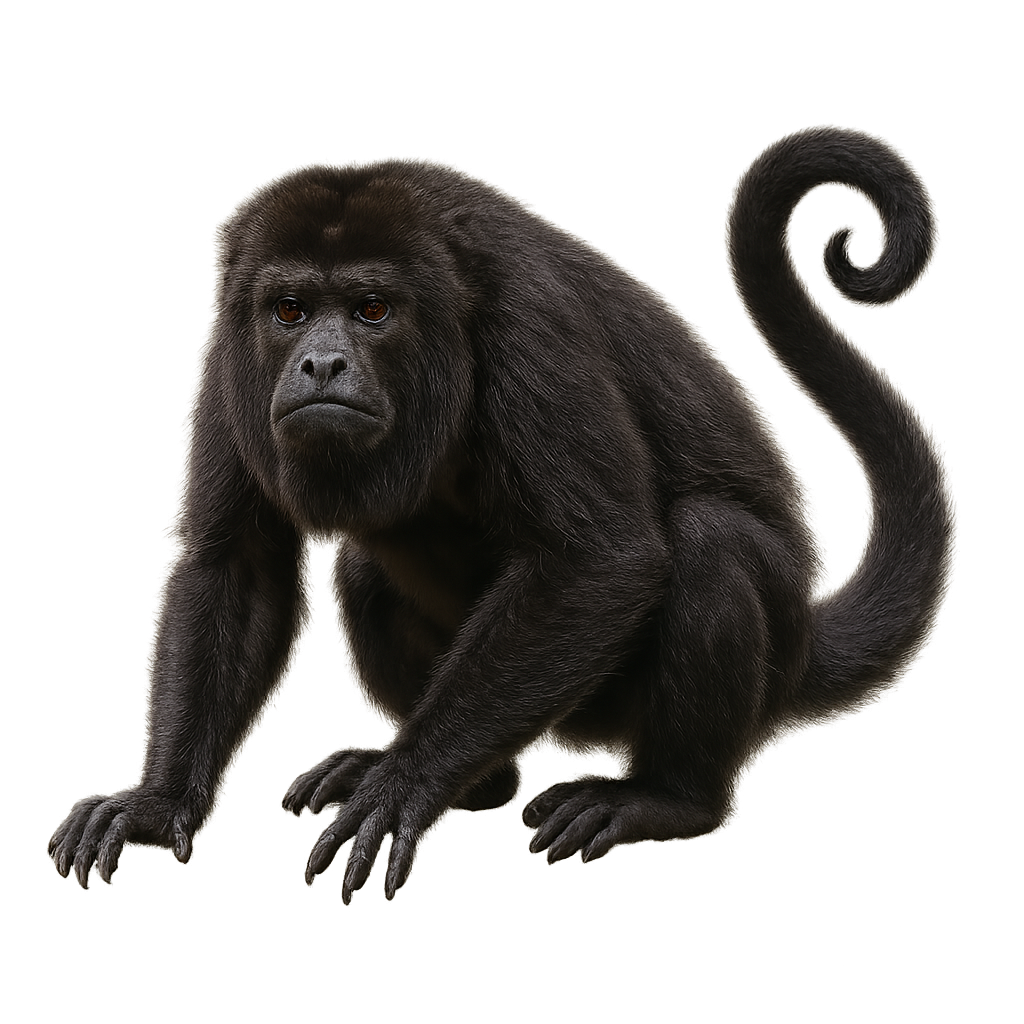Observe and photograph a species in its natural habitat
Learn where and when to observe a species in the wild, how to recognize it in the field, and what habitats it lives in. Get photography tips adapted to its behavior and capture stunning images without disturbing the animal. For full details, open the complete profile in the WildlifePhotographer app.
Howler monkey
Scientific name: Alouatta

IUCN Status: Least Concern
Family: ATELIDAE
Group: Mammals
Shyness: Suspicious
Safe distance: 20 m
Breeding season / Courtship: 01.03-30.06
Gestation: 5 à 6 mois
Births: 01.06-31.10
Habitat:
Tropical forests, woodlands, and mountain forests, mainly in Central and South America
Description:
The Howler Monkey is a medium-sized primate found primarily in the tropical forests of Central and South America, notably in Mexico, Central America, and parts of the Amazon rainforest. It typically measures about 40 to 70 cm in length, with a prehensile tail of 50 to 75 cm, and weighs between 7 and 10 kg. Its fur varies from black to brown, and it has a large throat and powerful jaw, which allow it to produce extremely loud sounds, used to demarcate territory and communicate with other members of its group. The Howler Monkey is primarily herbivorous, feeding on leaves, fruits, and flowers. It lives in social groups and is primarily active during the day, moving slowly from tree to tree. While its population remains relatively stable, this species is threatened by deforestation and hunting.
Recommended lens:
>=200 mm
Photography tips:
To photograph howler monkeys, it's best to capture them in their natural environment using a telephoto lens. Try to take photos early in the morning or late in the afternoon for soft light. Their howls can be impressive, but make sure to remain discreet so as not to disturb their behavior.
Ready to take action?
Choose your platform and start your free trial today



